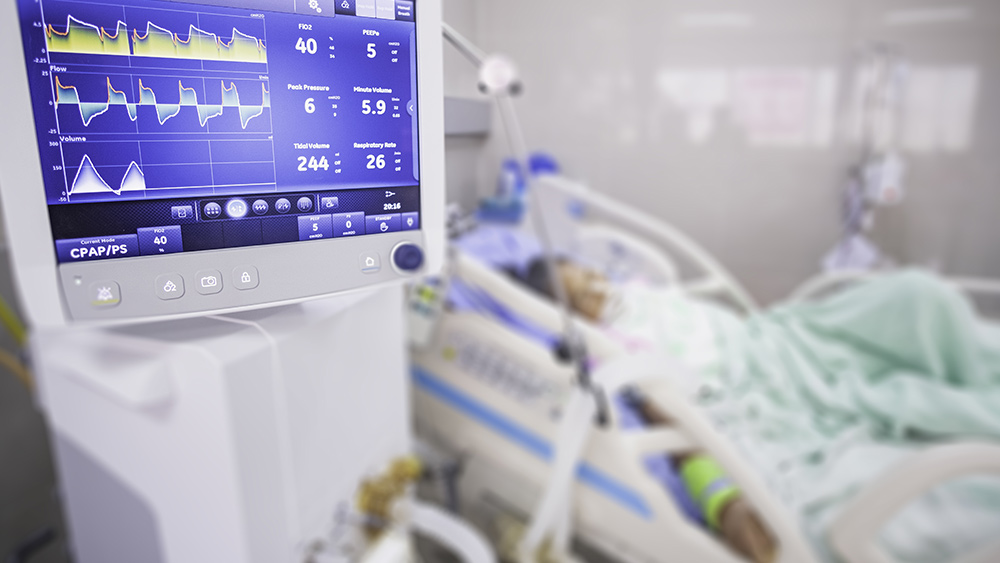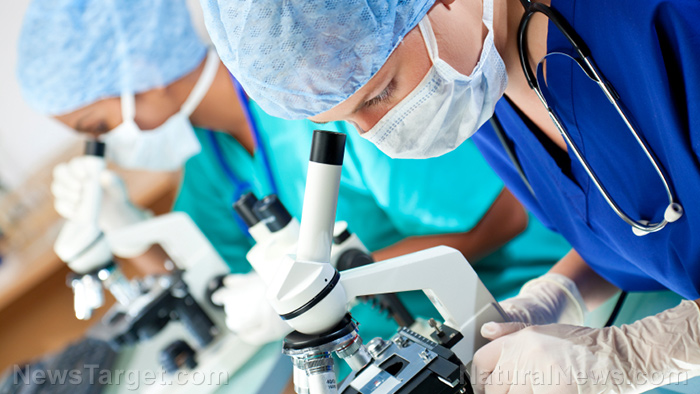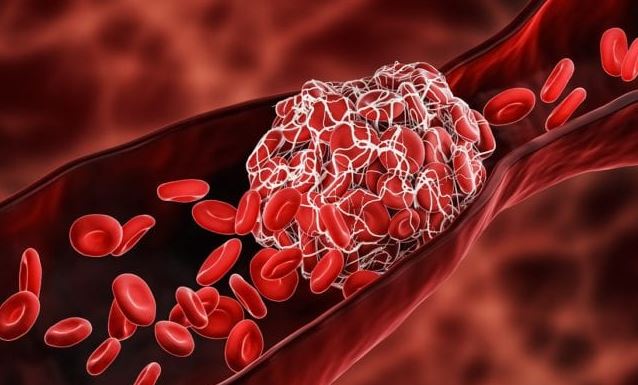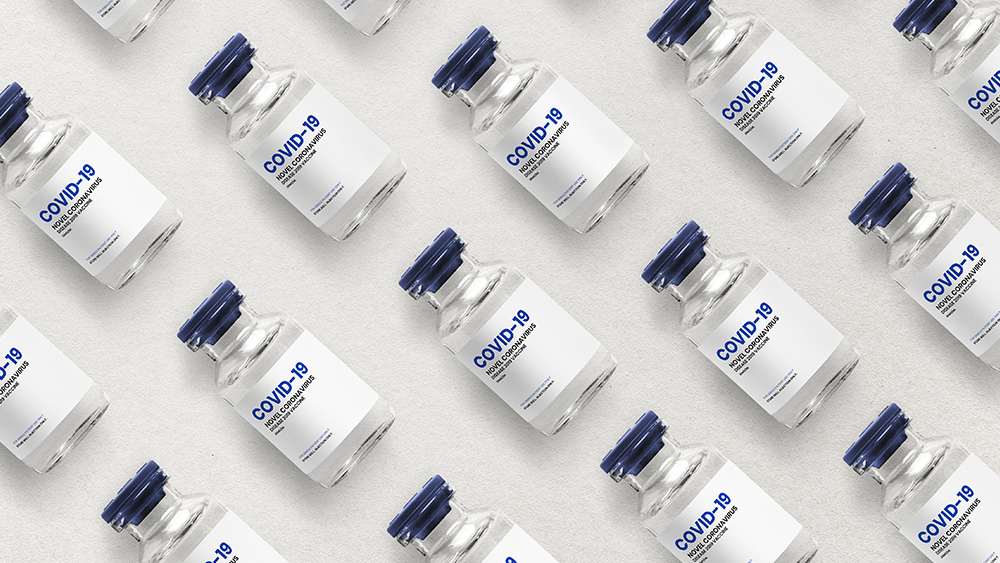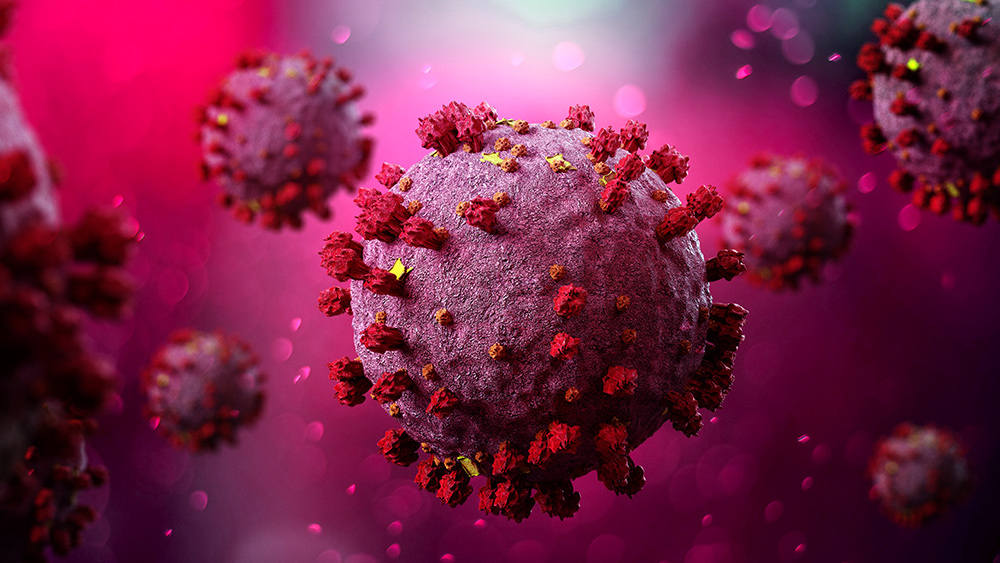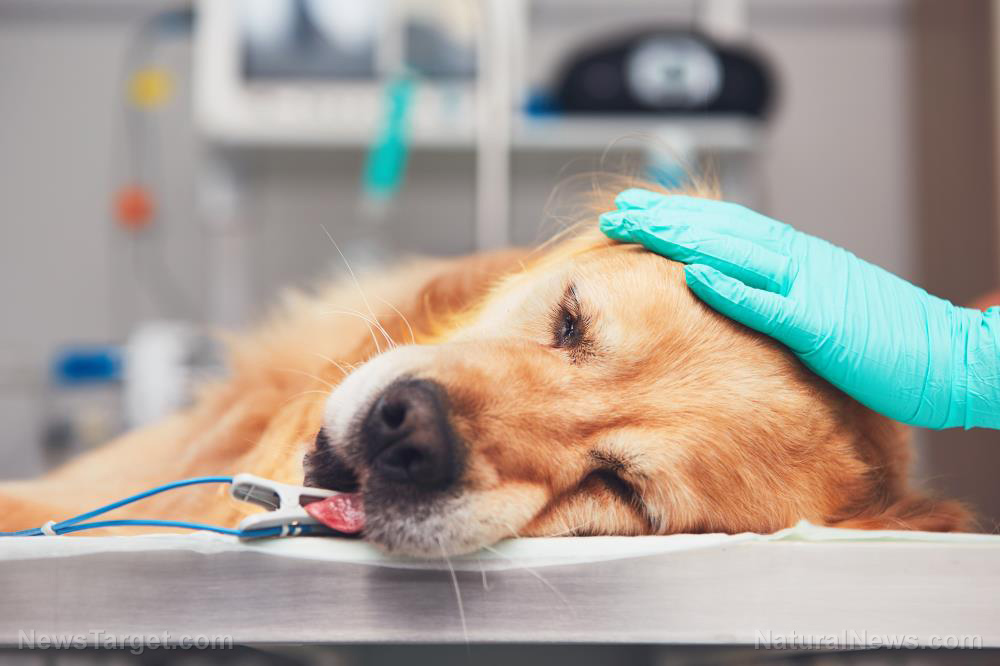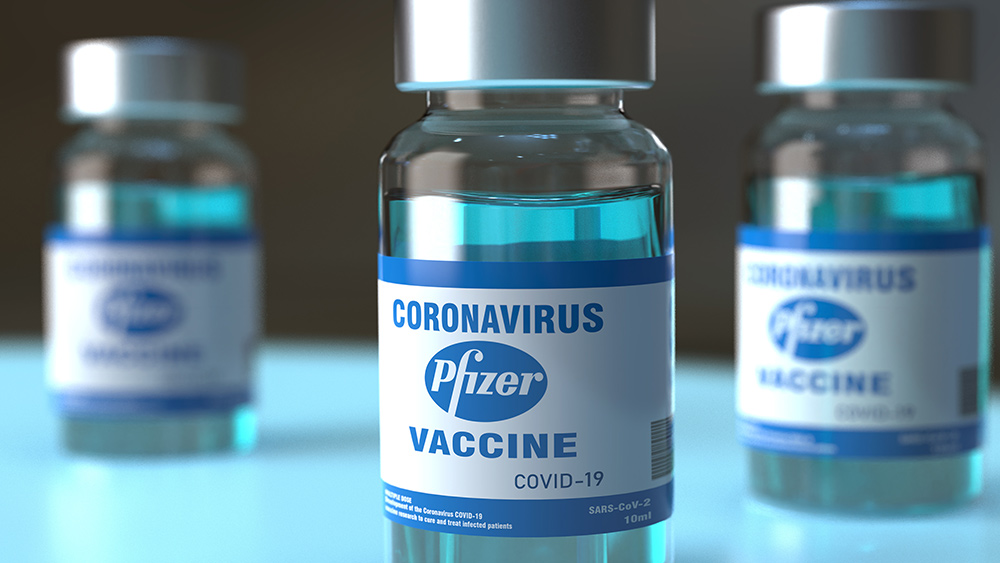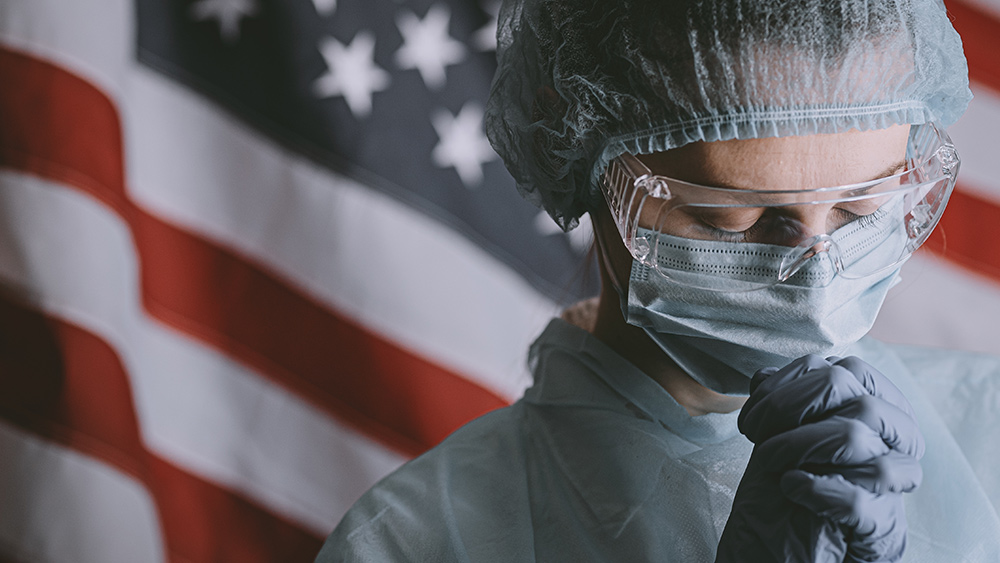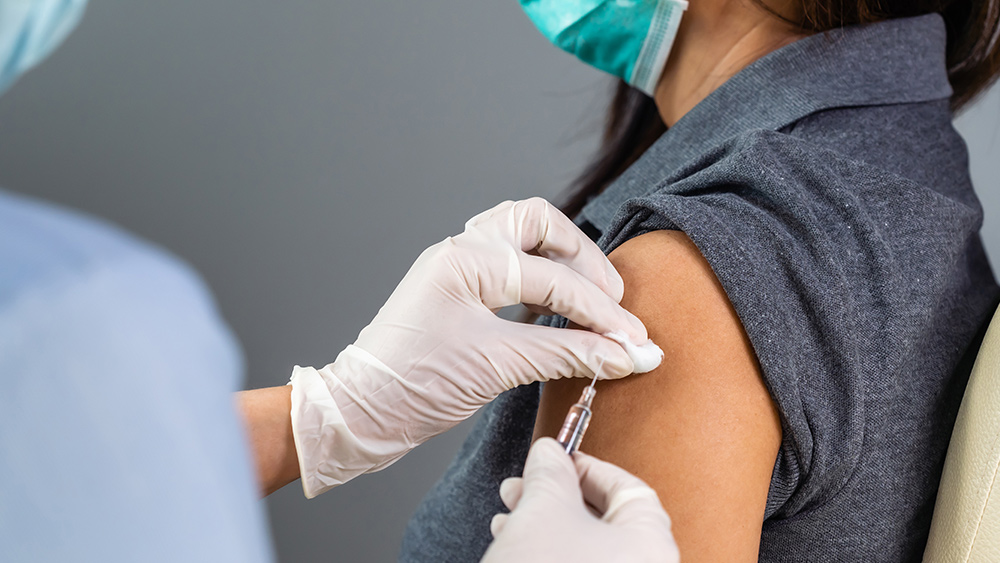Scientists discover HIDDEN PHARMACY in ancient limestone caves
02/17/2023 / By Kevin Hughes
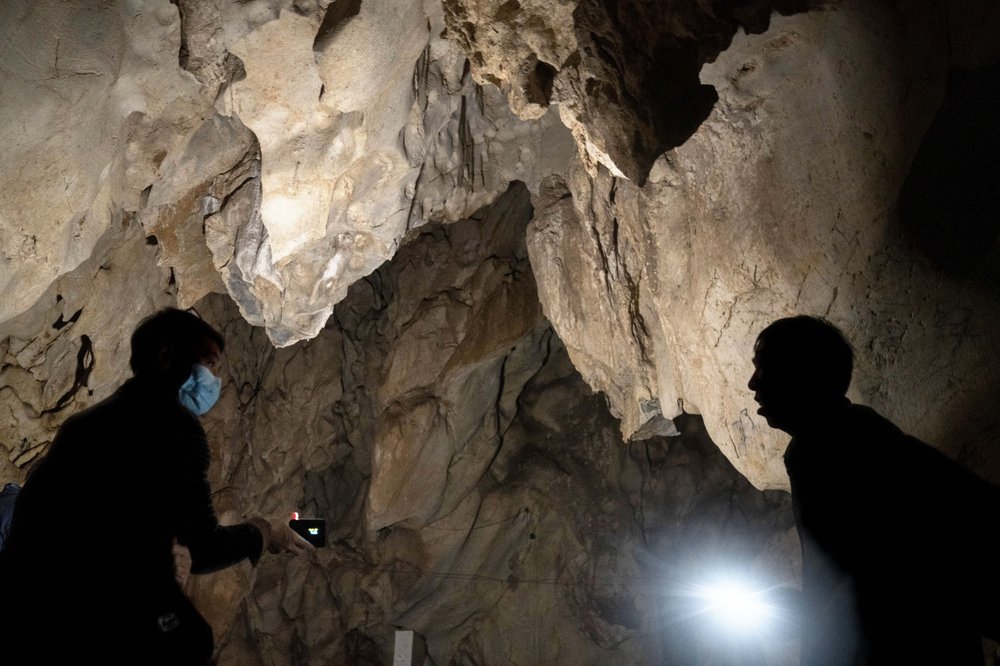
The latest study on moonmilk, a mineral deposit found in caves and known for its curative properties, has led to the discovery of a mysterious compound active against bacteria and resistant to numerous antibiotics.
Since the beginning of time, humanity has been able to make use of the environment for resources, techniques and ideas to protect themselves from diseases and to be responsible for their health. While the effectiveness of definite ancestral practices has been shown and approved by modern medicine, the reasons behind several traditional medicines remain a mystery.
Moonmilk, a crystallization commonly found in different forms such as pasty, dry or liquid in limestone caves, is a speleothem (geological formation of mineral deposits) most often seen in the form of a soft rock depending on its hygrometry.
As reported by Sébastien Rigali, a molecular microbiologist at the Centre for Protein Engineering-CIP (InBios/Faculty of Science) of the University of Liège, there is a great deal of archaeological proof for its use as an anti-infectious agent, mostly in the Swiss and Austrian Alps.
Rigali’s laboratory decided to examine the microbial flora of moonmilk to discover the reasons for its use in human and animal therapy.
The first step was to go into the caves of the Condruzian plateau to search for deposits of moonmilk and to isolate filamentous actinobacteria, the bacteria that are winners in the production of antimicrobial agents. The scientists found several of them, both in number and diversity.
Underground pharmacy capable of manufacturing hundreds of antibiotics
A study of the genomes of the isolated bacteria showed that they joined in the formation of a massive underground pharmacy. This microbial conglomerate is capable of manufacturing hundreds of antibiotics, some of which are used regularly today.
However, what is likely the most fascinating is that the enormous majority of the biosynthesis genes involved in bioactive compound production discovered in these bacteria are mysterious in the sense that it is not likely to connect a known molecule with them.
This means that these strains constitute a genuine reservoir for the discovery of new bioactive molecules. “Statistically, it’s as if all you have to do is bend over and pick up and identify a new antibiotic, antifungal or even anticancer agents,” Rigali said.
The reality clearly is much more complex. These molecules do not easily grow under laboratory conditions. Removed from extreme development conditions and oligotrophic, it is hard to keep them “alive” once they are taken to the surface.
Furthermore, their development in the lab is frequently not excellent, as the medium usually used is too rich and toxic compared to the nutritive condition discovered in their original ecological niche.
To cope with these issues, Rigali and his team worked together with other laboratories and with the company HEDERA-22. They were able to work out the first mysterious compound.
“It is an antibiotic named ‘lunaemycin’ and produced by a new bacterium Streptomyces lunaelactis, lunaemycin and lunaelactis, referring to the ecological niche from which this molecule and this bacterium originate, the moonmilk. The lunaemycin has interesting properties, particularly active against Gram-positive bacteria that are multi-resistant to antibiotics,” Rigali said.
Lunaemycin represents an initial shot in the immersed part of the “moonmilk iceberg,” which holds numerous molecules that are still unknown until now and which could have identical properties.
The lunaemycin is also this first “proof of concept” that shows the capacity of research teams to find new molecules – from the first distortions in the arcades of the Walloon caves to their structural resolution and the determination of their biological exercises.
If the study delivers a positive legitimacy to the use of moonmilk in traditional medicine, it indicates once more the extent of the treasures that the microbial world is still ready to provide humanity. (Related: Researchers believe Chinese herbal medicine could be the antibiotic alternative that this world so desperately needs.)
This study is published in the International Journal of Molecular Sciences.
Follow Breakthrough.news for more news about traditional medicine found in nature.
Watch the video below to know how Wormwood can be a natural medicine to cure many illnesses.
This video is from the Prevailing Truth Channel channel on Brighteon.com.
More related articles:
Prepper medicine: Combat antibiotic resistance with these medicinal herbs.
Could a molecule found in broccoli help the brain REPAIR spike protein damage?
U.S. bees now carry antibiotic-resistant genes due to antibiotic overuse, scientists discover.
Global antibiotic resistance killing thousands: Natural alternatives only viable medicine left.
Sources include:
Submit a correction >>
Tagged Under:
antibiotic, Antibiotics, antimicrobial agents, bacteria, bioactive, genomes, HEDERA-22, human therapy, lunaemycin, molecules, moonmilk, natural medicine, traditional medicine
This article may contain statements that reflect the opinion of the author


